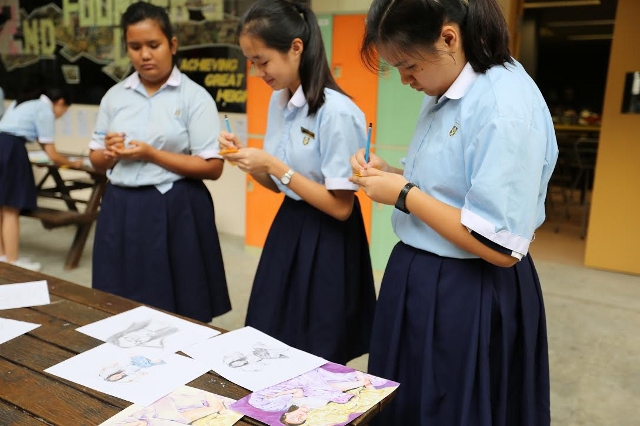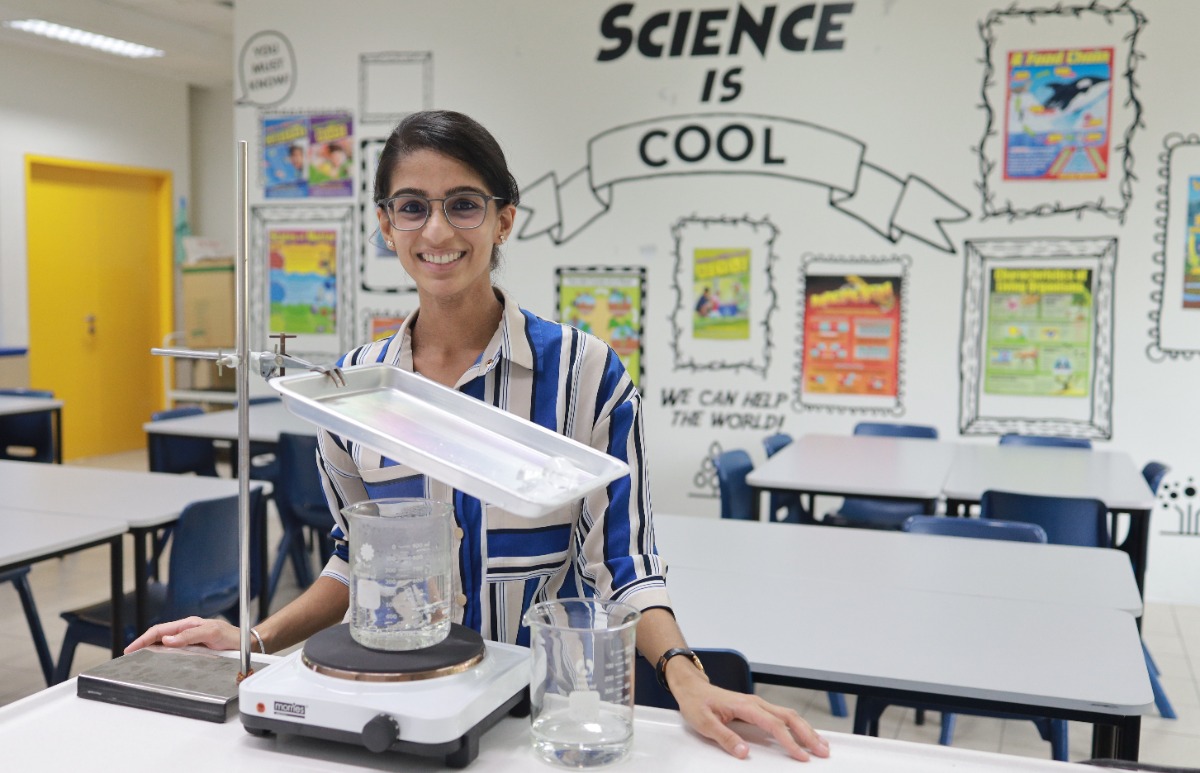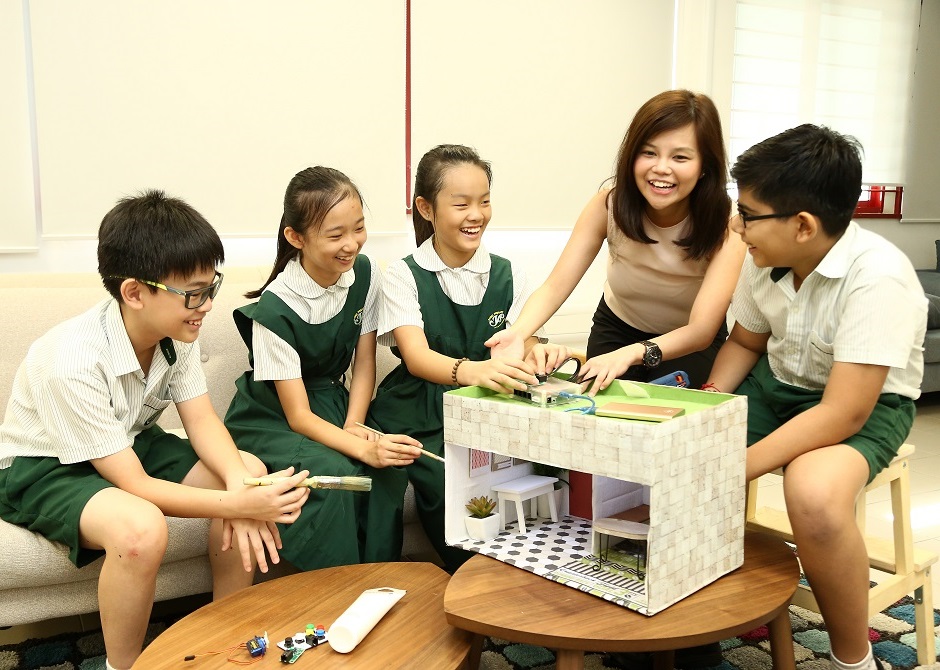#1: See, think, wonder
It does not mean …
Students get to daydream in class
What it’s really about …
Teachers ask a set of three questions to get students curious about a topic. What do you see? What do you think about that? What does it make you wonder about? It’s not about getting students to answer rhetorical questions but encouraging them to make careful observations and thoughtful interpretations in a specific context. This helps to stimulate students’ curiosity and gets them to think more deeply about the topic.
How it is used…
At River Valley High School, Mr Eugene Sng, who teaches English Literature, used this method to introduce his Year 4 students to a stage adaptation of the novel Frankenstein. Before getting students to read the book, he showed the students the book cover and got them to think about the three questions. Their curiosity was piqued and they wanted to find out more about the story as well as the potential themes in the play which the illustration on the book alluded to. As the students studied the play, this strategy also helped them to be more aware of their misconceptions of some of the themes in the play, which led to richer discussions in the classroom
#2: Blended Learning
It does not mean …
A cooking activity during Food and Consumer Education class
What it’s really about …
A blended learning approach involves the teacher delivering some parts of the lesson digitally through online platforms. This complements the face-to-face interactions that students and teachers have in the classroom. Such an approach taps into technology to extend students’ learning beyond the brick-and-mortar classroom and allows more time for students to engage in discussions in class.
How it is used…
At NUS High School of Mathematics and Science, physics teachers create their own pre-lesson videos. In these videos, the teacher explains concepts such as binding energy and radiation on a light board, which is a glass chalkboard pumped with light, and allows the teacher to face the camera as he speaks. Students take an online quiz to test their understanding of the topic at the end of the video. In class, the teacher guides and facilitates discussions as students tackle challenging questions in groups. The process of talking the problem over with their friends also sharpens their reasoning skills.
#3: Gallery walk
It does not mean …
A learning journey to the art museum
What it’s really about …
Gallery walk is a way for students to learn from one another. The simplest form of this method involves posting the students’ works around the classroom. It’s a chance for students to stretch their legs, walk around the classroom and take a look at what their peers have produced. The teacher may also get the students to critique and analyse each other’ works to encourage discussion and higher-level thinking.
How it is used…
At Ngee Ann Secondary School, art teachers use gallery walk to actively engage students in reflecting on what they have done well and what can be improved after they have completed an art work. Students critique their peers’ work in a constructive manner based on a set of criteria and make suggestions on ways to improve. Students also get to vote anonymously for their favourite piece. From their responses, teachers can assess each student’s understanding of a particular area of learning so that they can provide the necessary feedback to help students improve their understanding.






.jpg)